Piriformis syndrome is a condition that results from the compression of the sciatic nerve by a tight piriformis muscle in the buttock. The piriformis muscle connects the sacrum to the hip and is crucial in the movement of the hip joint. Groin pain is a common symptom experienced by individuals with piriformis syndrome. The groin region is a complex area with several muscles and joints, making it challenging to diagnose the cause of pain.
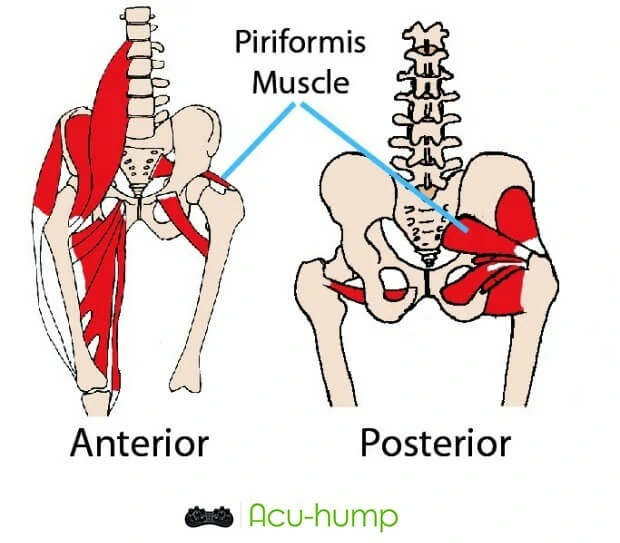
Causes of Groin Pain
Groin pain can result from various causes, including sports injuries, hip impingement syndrome, osteitis pubis, and hernia. Sports injuries are common in individuals who perform repetitive motions, leading to muscle strains or tears. Hip impingement syndrome occurs when there is abnormal contact between the head of the femur and the acetabulum. Osteitis pubis is an inflammatory condition affecting the pubic bone. Hernia occurs when an organ or tissue protrudes through the muscle wall.
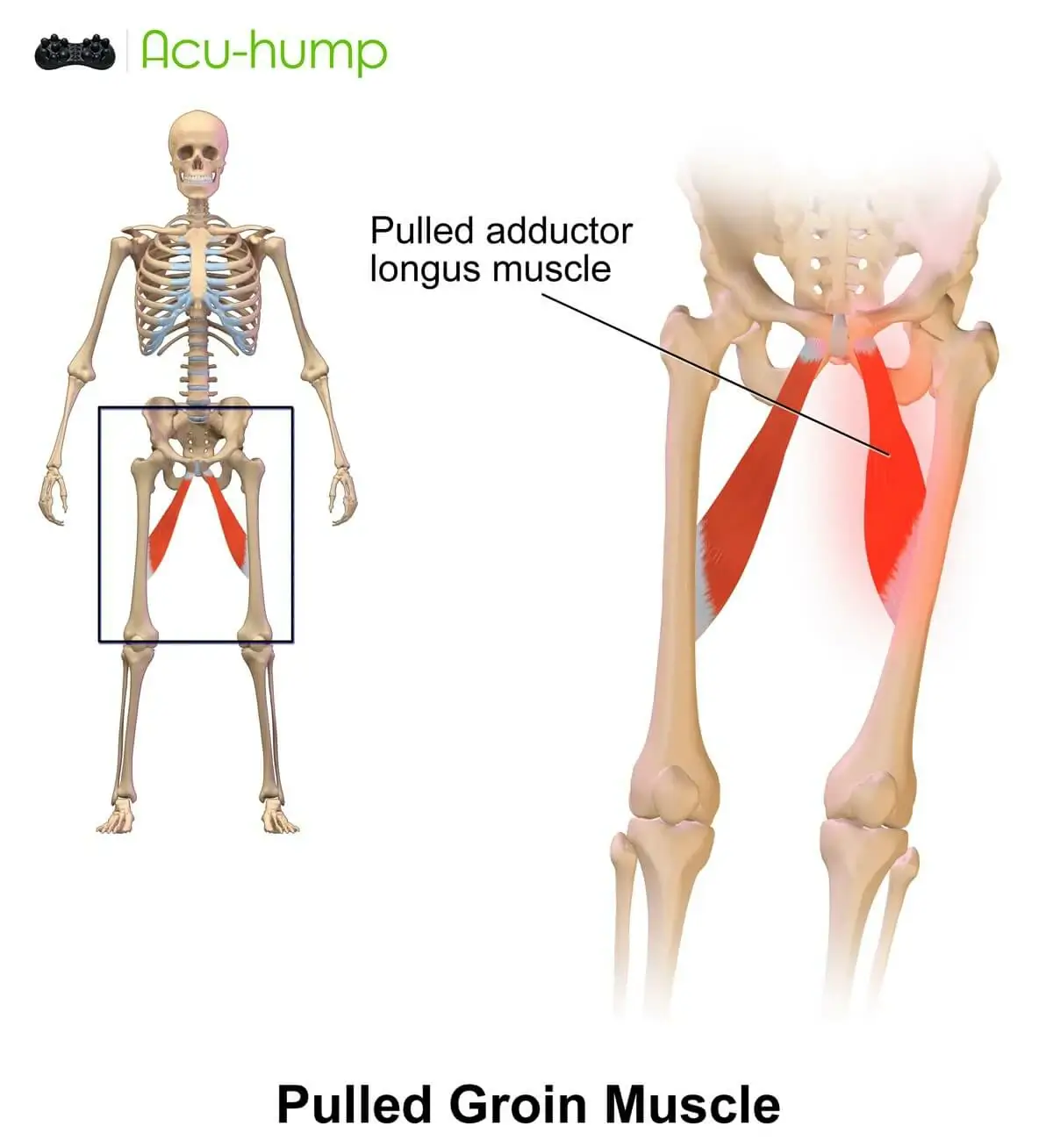
Connection between Piriformis Syndrome and Groin Pain
The piriformis muscle plays a crucial role in the movement of the hip joint. The piriformis muscle can cause groin pain when it becomes tight or inflamed, irritating the nearby sciatic nerve. This can result in pain that radiates from the buttock to the groin area. Additionally, the piriformis muscle can also compress and irritate surrounding structures, leading to sensations of discomfort or pain in the groin region.
Diagnosis of Piriformis Syndrome
Diagnosing piriformis syndrome can be challenging due to the complexity of the symptoms and the groin region’s anatomy. A physical examination is necessary, and imaging tests may be needed to confirm the diagnosis. Differential diagnosis is critical to rule out other conditions that may cause similar symptoms.
Treatment of Piriformis Syndrome and Groin Pain
Piriformis syndrome and groin pain are conditions that can cause significant discomfort and disrupt daily activities. Fortunately, conservative treatment options are often effective in providing relief for individuals with these conditions.
Rest and Ice
They are essential in reducing inflammation and pain. Resting the affected area and applying ice packs or cold compresses can help alleviate discomfort.
Stretching and Exercises
They are also crucial in reducing muscle tightness and improving flexibility. By incorporating stretching and exercises into daily routines, individuals can help prevent future episodes of piriformis syndrome and groin pain.
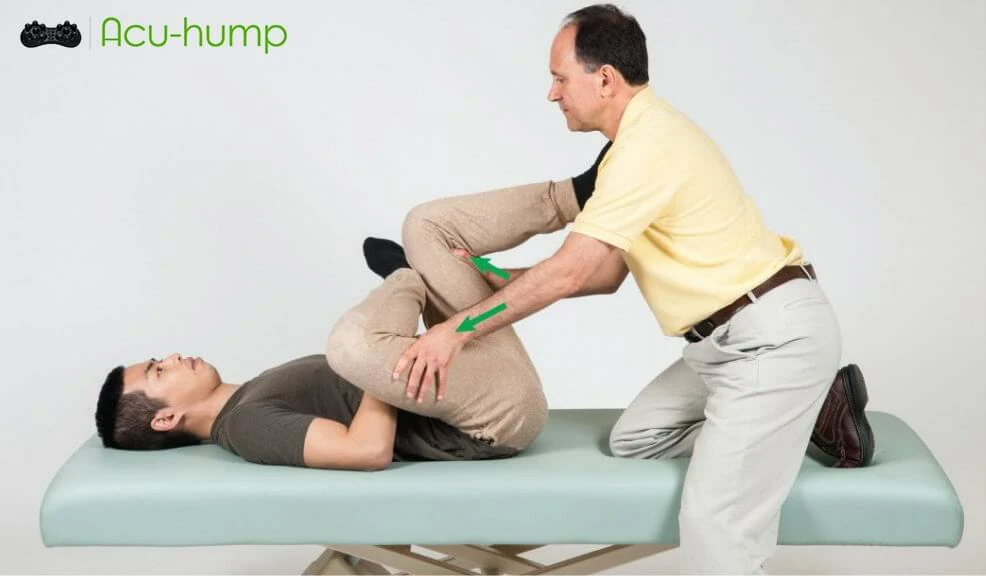
Massage and Self-Massage
It is a popular therapy that has been shown to be effective in reducing pain and muscle tension associated with piriformis syndrome. Massage therapy can help relax the muscles, improve circulation, and decrease inflammation, which can provide significant pain relief.
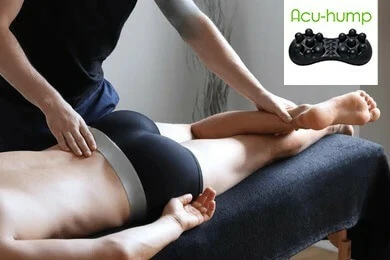
Self-massage is also an effective way to manage piriformis syndrome. The use of self-massage tools such as the Acu-hump can help individuals apply pressure to affected areas and release tension. The Acu-hump is a versatile tool that can be used for both massage and stretching exercises.
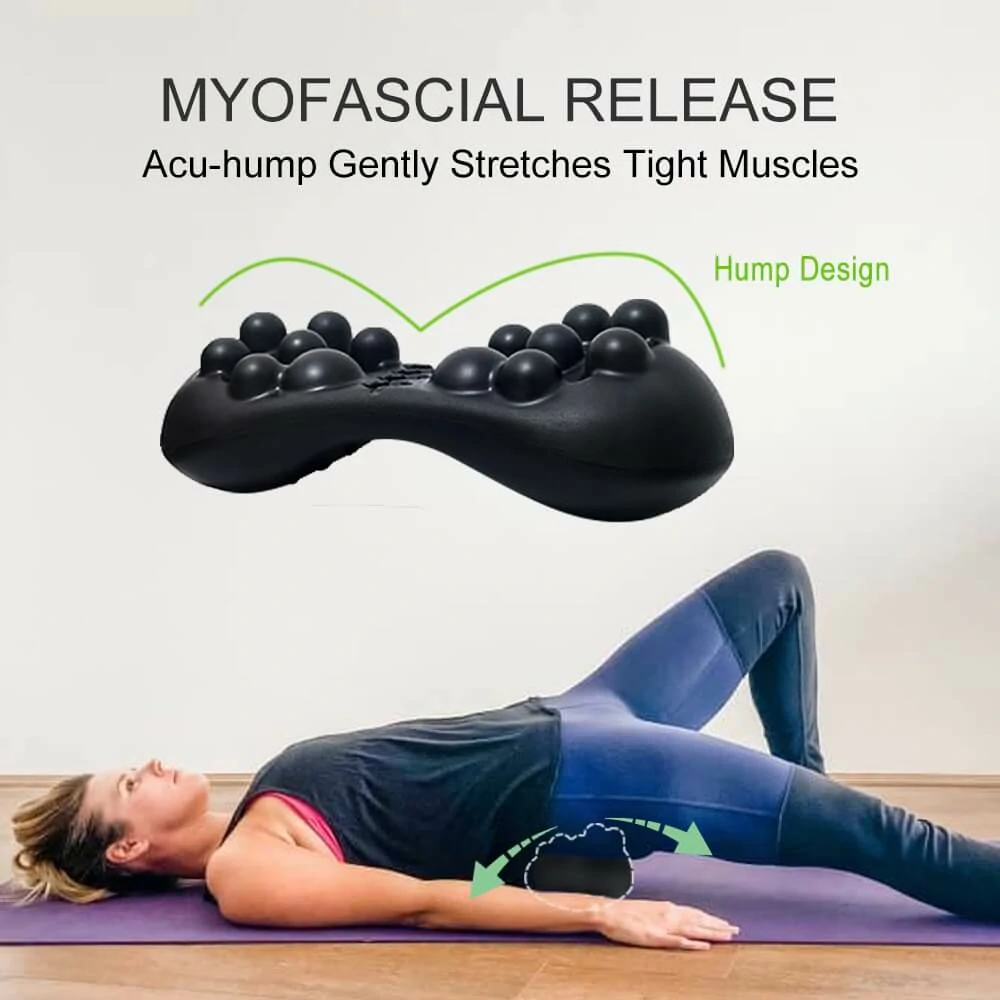

Acu-hump®
Release Butt & Lower Back
Acu-hump tiger points massage tool
When used for massage, the Acu-hump’s unique design allows individuals to apply pressure to specific areas of the body, including the back and hip muscles affected by piriformis syndrome. The pressure applied helps to break up muscle knots and trigger points, providing significant relief for pain and tension.
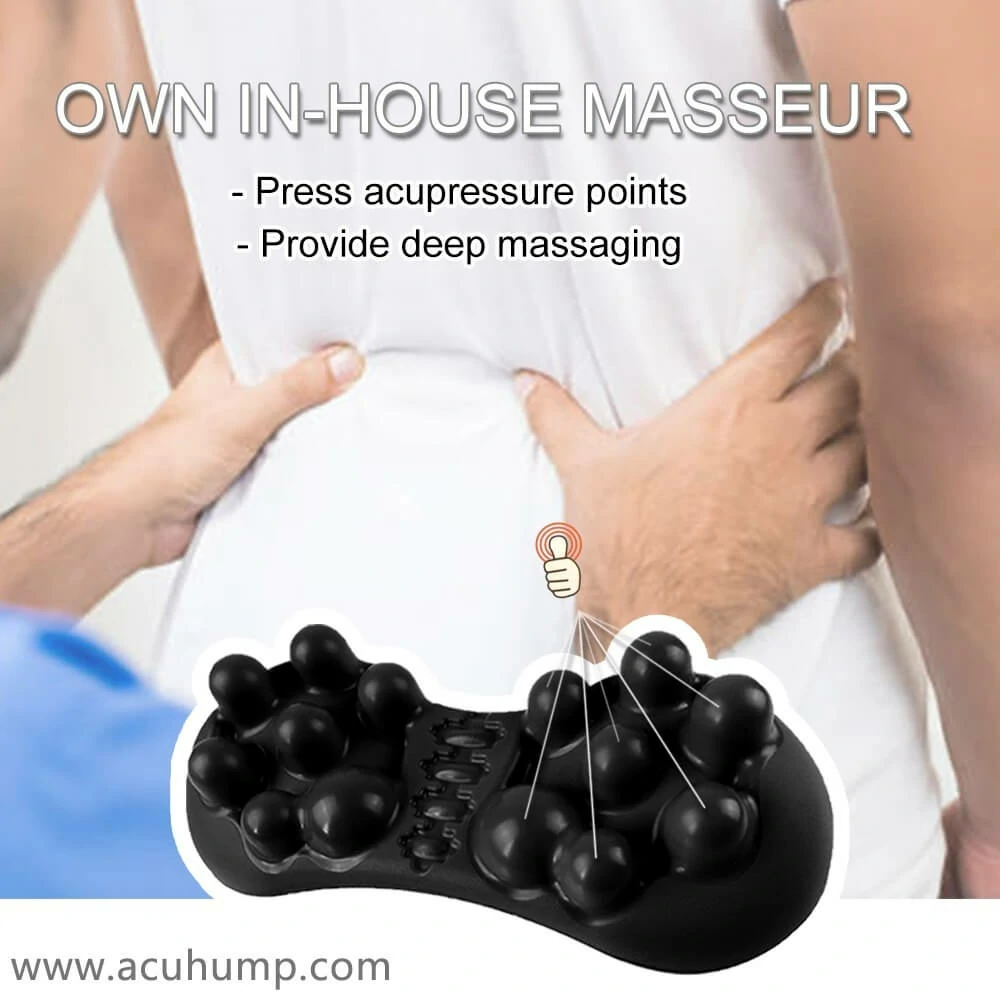
In addition to its massage benefits, the Acu-hump can also be used for piriformis muscle stretching to improve flexibility and reduce muscle tightness. By placing the tool under the targeted muscle group, individuals can effectively stretch and massage the muscles simultaneously, enhancing the stretching benefits.
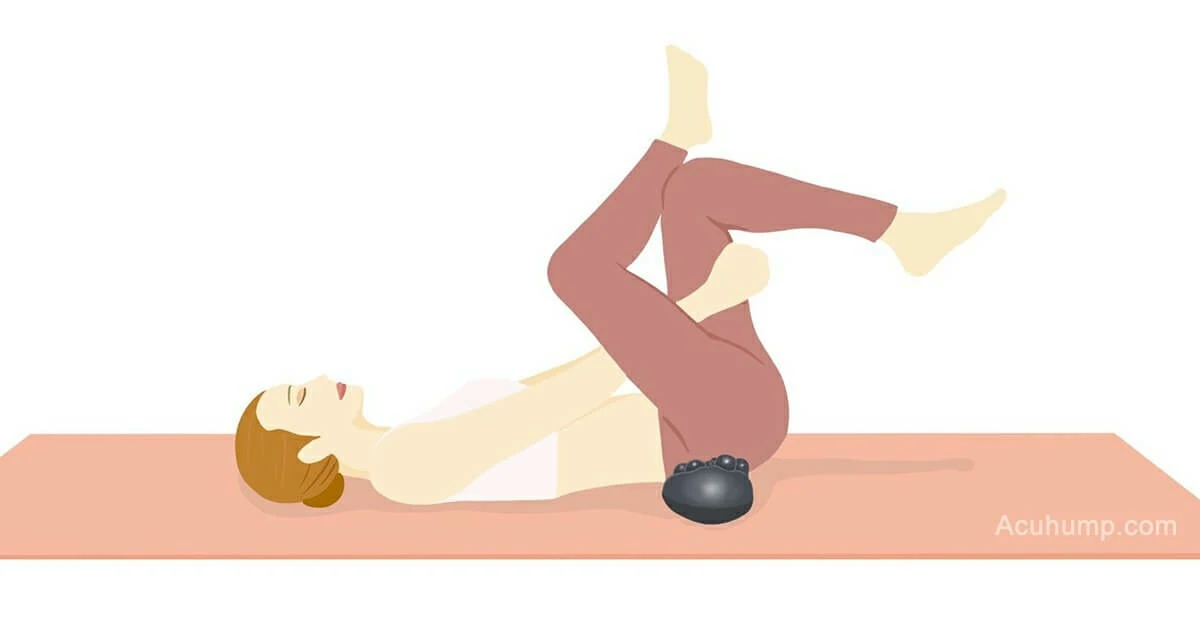

Acu-hump: 30-day return policy.
You have no risk.
Medical Interventions
In severe cases, medical interventions may be required. Non-steroidal anti-inflammatory drugs (NSAIDs) and pain relievers are often prescribed to manage pain and inflammation. Injection therapy involves the injection of corticosteroids or botulinum toxin into the piriformis muscle to reduce inflammation and pain. Surgery may be necessary in cases where conservative measures are ineffective. The surgery involves the release or removal of the piriformis muscle to relieve pressure on the sciatic nerve.
It is essential to consult with a healthcare professional to determine the most appropriate treatment for piriformis syndrome and groin pain. They can help develop an individualized treatment plan that takes into account the severity of the condition, the individual’s medical history, and their lifestyle. Additionally, it is important to follow recommended treatment plans, including physical therapy and exercise regimes, to prevent recurrence and to optimize recovery.
Prevention of Piriformis Syndrome and Groin Pain
Preventive measures for piriformis syndrome and groin pain include stretching and strengthening exercises, proper body mechanics, and posture and ergonomics. Adequate stretching and strengthening of the hip and back muscles can help prevent muscle tightness and compression of the sciatic nerve.
Early diagnosis and treatment of piriformis syndrome and groin pain are crucial to prevent the condition from becoming chronic. Conservative treatment options have proved to be effective in managing the condition, while medical intervention is necessary for severe cases. Future research should focus on developing effective preventive measures and treatment modalities for piriformis syndrome and groin pain.
Acu-hump® Release the Back & Butt
